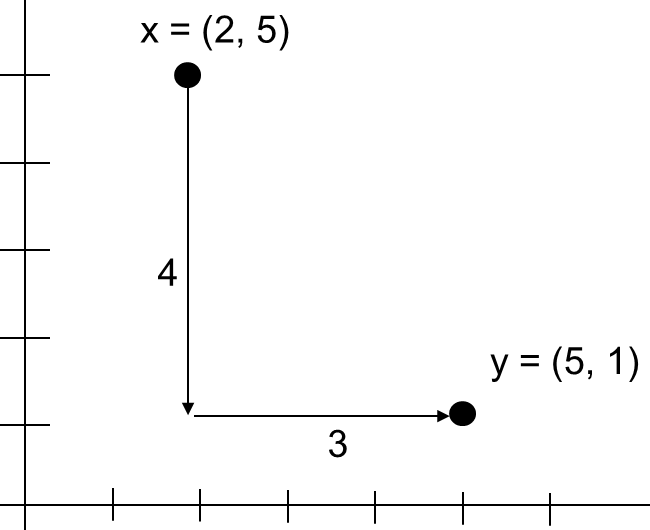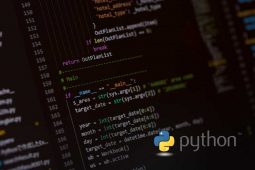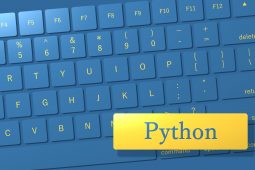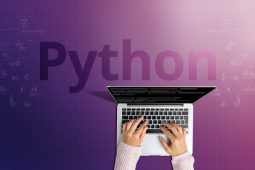Hello, Yoshimasa here. In my last column, I offered an intro to the Python 3 Certified Engineer Basic Examination that I and my colleagues administer. I also discussed the Zen of Python, which serves as a basic style guide for coding in Python, and the pythonic philosophy. Both are fundamental to proper Python coding, so I strongly recommend investigating them.
The Python 3 Certified Data Analyst Examination is also built upon pythonic and The Zen of Python, so anyone taking it should consider taking the Python 3 Certified Engineer Basic Examination first to see how well they have acquired the pythonic philosophy and understood The Zen of Python.
Now, let me offer an outline of the Python 3 Certified Data Analyst Examination, which tests the fundamentals and methods of using Python for data analysis.
◆Test Outline
- Testing Period: Year Round
- Test Center: All Odyssey Communications CBT Test Centers
- Registration Site: http://cbt.odyssey-com.co.jp/pythonic-exam.html
- Test Fee: 10,000 yen (tax not included) Student discount 5,000 yen (tax not included)
- Test Name: Python 3 Certified Data Analyst Examination
- Certification: Python 3 Data Analyst Certification
- Summary: An exam testing fundamentals and methods of using Python for data analysis.
- Length: 40 questions (all multiple choice)
- Passing line: 70% Correct
- Test Center: All Odyssey Communications CBT Test Centers
- Primary textbook: “Pythonによるあたらしいデータ分析の教科書” Python ni yoru atarashii deeta bunseki no kyoukashou
(A New Textbook for Data Analysis Using Python, no translation available) (Shoeisha) - Scope: Questions will be taken from the main textbook, A New Textbook for Data Analysis Using Python from Shoeisha in the scope and ratios listed below.
| Chapters | Number of Questions | Proportion |
| Chapter 1: データエンジニアの役割 The Role of the Data Engineer | 2 | 5.0% |
| Chapter 2: Pythonと環境 Python and Environment | ||
| Chapter 2.1: 実行環境構築 Setting Up the Operating Environment | ||
| Chapter 2.2: Pythonの基礎 Python Basics | 3 | 7.5% |
| Chapter 2.3: Jupyter Notebook | 1 | 2.5% |
| Chapter 3: 数学の基礎 Fundamentals of Mathematics | ||
| Chapter 3.1: 数式を読むための基礎知識 Fundamental Knowledge for Reading Formulae | 1 | 2.5% |
| Chapter 3.2: 線形代数 Linear Algebra | 2 | 5.0% |
| Chapter 3.3: 基礎解析 Basic Analysis | 1 | 2.5% |
| Chapter 3.4: 確率と統計 Probability and Statistics | 2 | 5.0% |
| Chapter 4: ライブラリによる分析実践 Implementing Analysis Through Libraries | ||
| Chapter 4.1: NumPy | 6 | 15.0% |
| Chapter 4.2: Pandas | 7 | 17.5% |
| Chapter 4.3: Matplotlib | 6 | 15.0% |
| Chapter 4.4: scikit-learn/td> | 8 | 20.0% |
| Chapter 5: 応用: データ収集と加工 Data Collection and Processing 0 | 0 | 0% |
| Total | 40 | 100.0% |
The exam consists of multiple choice questions, and I offer some examples below.
Example 1:
Select the correct Manhattan distance between the following two points from the answers below.
x = (2, 5), y = (5, 1)
- 1. 3
- 2. 5
- 3. 7
- 4. 9
Correct answer: 3

Example 2:
From the following statements, select what would result from calling the pandas DataFrame corr method.
- 1. Correlation coefficient
- 2. Scatter plot matrix
- 3. Statistical indices such as arithmetic mean
- 4. Number of events for each item
Correct answer: 1
Corr is short for “correlation”.” The “scatter plot matrix” in answer 2 would result from the scatter_matrix function. Answer 3, “Statistical indices such as arithmetic mean” refers to results of the describe method. Answer 4, “Number of events for each item” is a result of the count method.
The website below offers free practice tests for the Python 3 Certified Data Analyst Examination, and they are definitely worth a look.
https://study.prime-strategy.co.jp/
Data analysis is going to be essential to all kinds of software in the future, and much of what engineers learn for the Python 3 Certified Data Analyst Examination is also fundamental to machine learning. As I am sure you are aware, machine learning is also going to play an increasing role in a huge number of fields. In that light, I believe data analysis is going to become a basic requirement to continued software development work. If you have yet to study it, why not take this opportunity to start?








